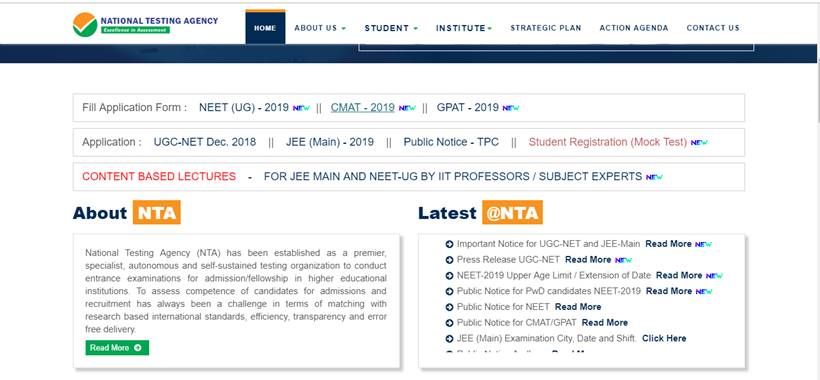After its demerger on Oct 31, 2018 (refer our previously published report), CESC has become a pure power distribution and generation business. We have reworked our model to account for the demerger.
We note that majority of the capital is employed in the regulated business, which generates RoE of 20% and where core earnings are growing at 3-5%. We expect EPS CAGR of 13% over FY18-20, led by asset sweating. After many years, CESC has turned FCF-positive, which will likely boost dividend payout. Moreover, valuations are attractive at a P/E of 8.5x FY20E. We, thus, reiterate our ‘Buy’ rating with a target price of Rs 801.
CESC’s power distribution includes Kolkata, Noida (49% stake) and three franchisee (DFs) circles in Rajasthan. The generation portfolio includes installed capacity of 2.5GW, of which only 300MW is without any long-term PPA. The regulated distribution business of Kolkata and Noida generates a healthy RoE of 20%. Cash flow is fairly predictable and the business offers steady growth. We expect regulated equity – a key driver of earnings growth – CAGR of 5% over FY18-21, after 10% over FY13-18.
Noida, which is a new circle, has grown at CAGR of 21% over FY13-18 and we expect 11% CAGR over FY18-21. The DFs are in the initial years of operation. We expect a meaningful contribution from DFs only after a couple of years.
CESC, in its new form, reported PAT of Rs 8.3 b in FY18, up 55% y-o-y, driven by the full benefit of Noida PPA at Dhariwal power plant. PAT is partly dragged by initial losses in the DFs (Rs 1.2 b) and losses at certain non-core businesses (Rs 0.6 b), which are now shut. We expect PAT to increase to Rs 10.7 b by FY20, driven by the benefit of short-term Maharashtra contract at Dhariwal plant, lower losses at DFs, and the winding down of non-core loss-making businesses.


